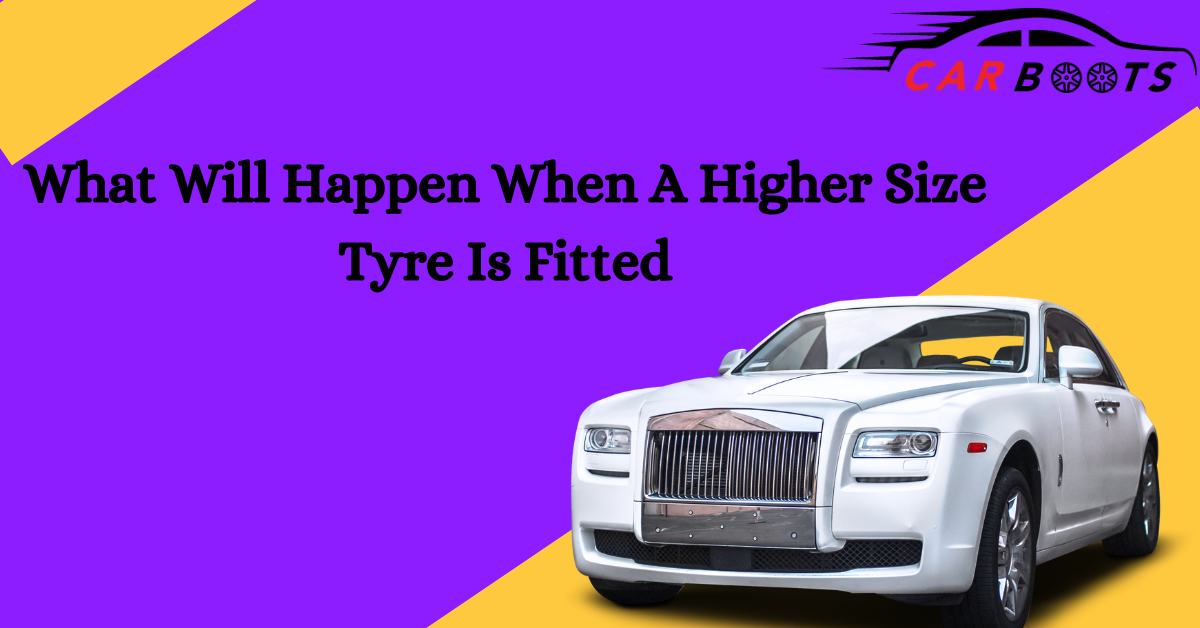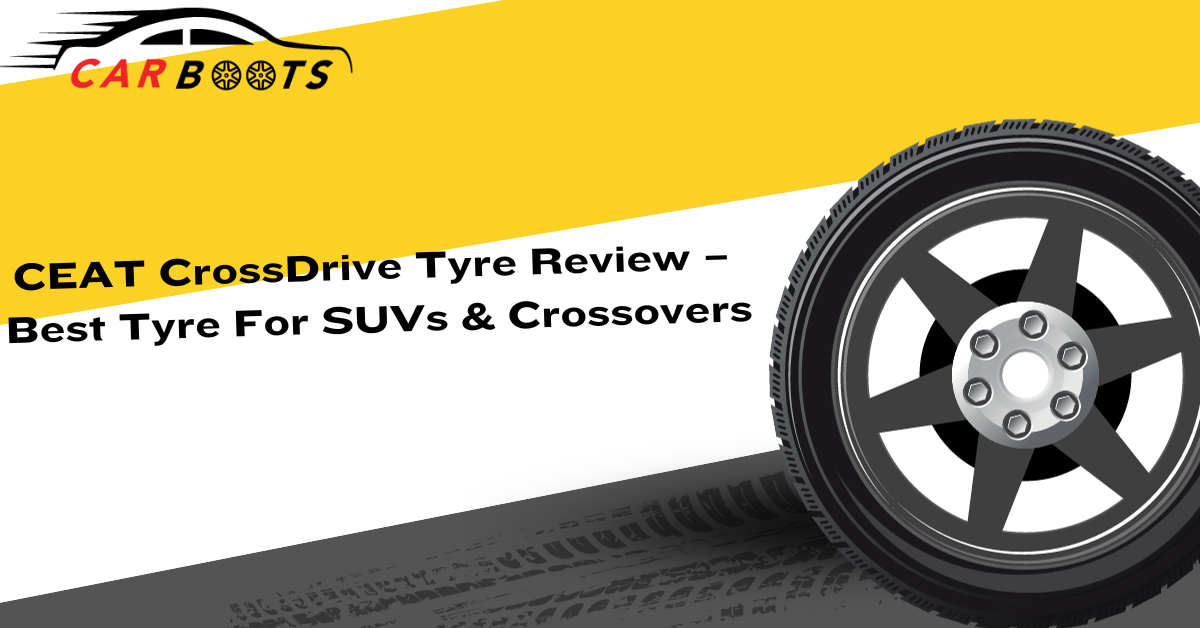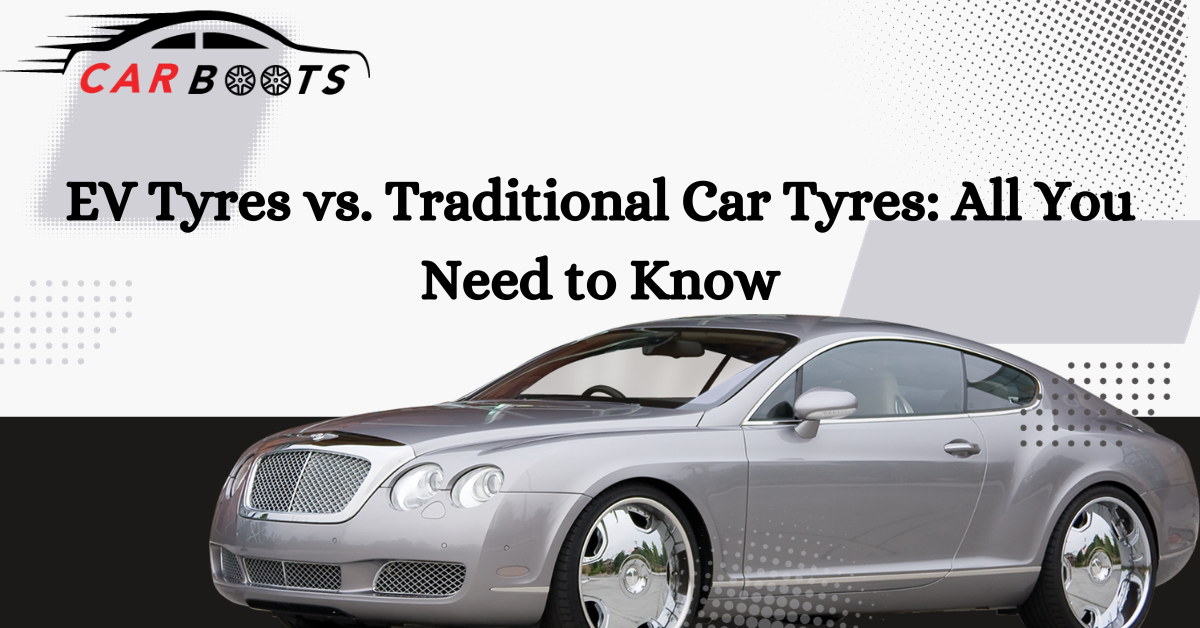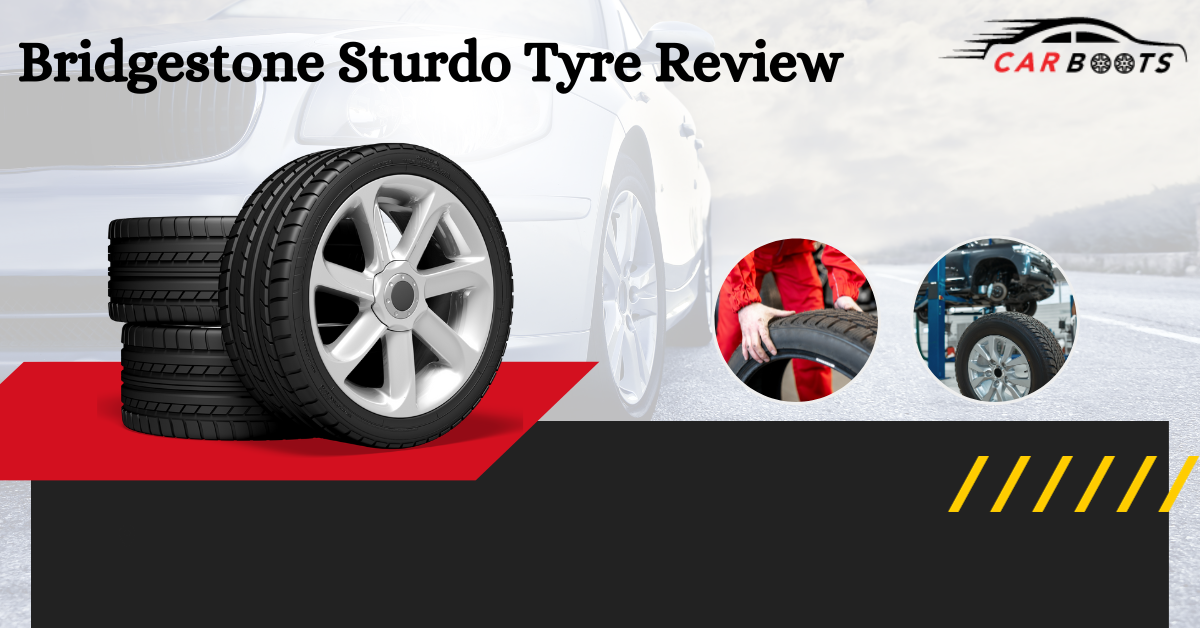What Will Happen When A Higher Size Tyre Is Fitted
What Will Happen When A Higher Size Tyre Is Fitted?
Tires are one of the most important parts of a vehicle, as they are responsible for providing traction and stability on the road. A tire’s size plays a crucial role in its performance, and fitting a higher size tire can have a significant impact on a vehicle’s performance. In this article, we will explore the pros and cons of fitting a higher size tire, when it’s appropriate to do so, and how to choose the right size tire for your vehicle.
What is a Tire Size?
Tire size is a combination of letters and numbers that indicate the tire’s width, aspect ratio, and diameter. The first letter indicates the tire’s class, the following three numbers indicate the tire’s width, aspect ratio, and diameter, respectively, and the last letter indicates the tire’s speed rating. Tire size can vary depending on the type of vehicle and its purpose.
The size of a tire is significant because it affects the vehicle’s overall performance, including handling, stability, acceleration, and braking. Different tire sizes are designed for different purposes, and choosing the right tire size is crucial to ensure optimal performance and safety.
The Pros of Fitting a Higher Size Tire
Fitting a higher size tire can have several advantages, including improved vehicle performance, better handling and stability, enhanced traction, and improved appearance.
One of the main benefits of fitting a higher size tire is improved vehicle performance. A larger tire has a wider contact patch with the road, which can improve traction, acceleration, and braking. Additionally, a larger tire can provide better handling and stability, especially when cornering or driving at high speeds.
A higher size tire can also provide enhanced traction, especially in wet or slippery conditions. The increased surface area of the tire can help disperse water and provide better grip on the road.
Finally, fitting a higher size tire can improve the appearance of a vehicle. A larger tire can give a vehicle a more aggressive stance and a sporty look.
The Cons of Fitting a Higher Size Tire
Despite the benefits of fitting a higher size tire, there are also some drawbacks to consider. These include speedometer and odometer inaccuracies, increased fuel consumption, higher cost, and suspension and brake problems.
One of the main drawbacks of fitting a higher size tire is that it can affect the accuracy of the speedometer and odometer. This is because the speedometer and odometer are calibrated to the size of the original tire, and a larger tire will cover more ground with each rotation, resulting in inaccurate readings.
Another downside of fitting a higher size tire is increased fuel consumption. A larger tire has more mass and requires more energy to rotate, which can result in increased fuel consumption.
Fitting a higher size tire can also be more expensive, as larger tires tend to cost more than smaller ones. Additionally, fitting a larger tire may require additional modifications to the vehicle, such as lifting the suspension or installing new wheels.
Finally, fitting a higher size tire can put additional strain on the suspension and brakes, which can lead to increased wear and tear and potentially costly repairs.
When Can You Fit a Higher Size Tire?
It’s important to note that not all vehicles can accommodate a higher size tire, and it’s crucial to know the maximum tire size that your vehicle can handle. Installing a tire that is too large can cause rubbing, which can damage the tire and the vehicle’s body.
Additionally, there may be regulations in your area that dictate the maximum tire size that is allowed on a vehicle. It’s important to check local regulations before installing a higher size tire.
How to Choose the Right Size Tires for Your Vehicle
Choosing the right size tire for your vehicle can be challenging, as there are several factors to consider. These include the vehicle’s make and model, the type of driving you do, and your personal preferences.
It’s important to consult an expert, such as a tire specialist or mechanic, to ensure that you are choosing the right size tire for your vehicle. They can help you determine the optimal tire size based on your vehicle’s specifications and your driving habits.
When choosing a tire size, it’s also essential to know how to read tire markings. This can help you understand the size and type of tire that you need and ensure that you are selecting the right tire for your vehicle.
Conclusion
In conclusion, fitting a higher size tire can have both benefits and drawbacks. While a larger tire can improve vehicle performance and enhance the appearance of a vehicle, it can also lead to inaccuracies in speedometer and odometer readings, increased fuel consumption, and potential suspension and brake problems. It’s crucial to choose the right tire size for your vehicle, based on factors such as vehicle make and model, driving habits, and personal preferences. Consulting an expert and understanding tire markings can help ensure that you are selecting the right tire size for your vehicle.
FAQs
- What are the advantages of fitting larger tires on a truck?
- Larger tires can provide improved traction, better handling, and enhanced appearance.
- Will fitting larger tires affect my vehicle’s warranty?
- Fitting larger tires can potentially void your vehicle’s warranty, so it’s important to check with your manufacturer before making any modifications.
- Can I fit any size tire on my vehicle?
- No, not all tire sizes are compatible with all vehicles. It’s crucial to know the maximum tire size that your vehicle can handle.
- Can I change my tire size without changing my rims?
- In some cases, you can fit a larger tire on your existing rims. However, it’s important to ensure that the tire and rim are compatible and that the larger tire does not rub against the vehicle’s body.
- How often should I replace my tires?
- It’s recommended to replace your tires every 6 years or 50,000 miles, whichever comes first. It








